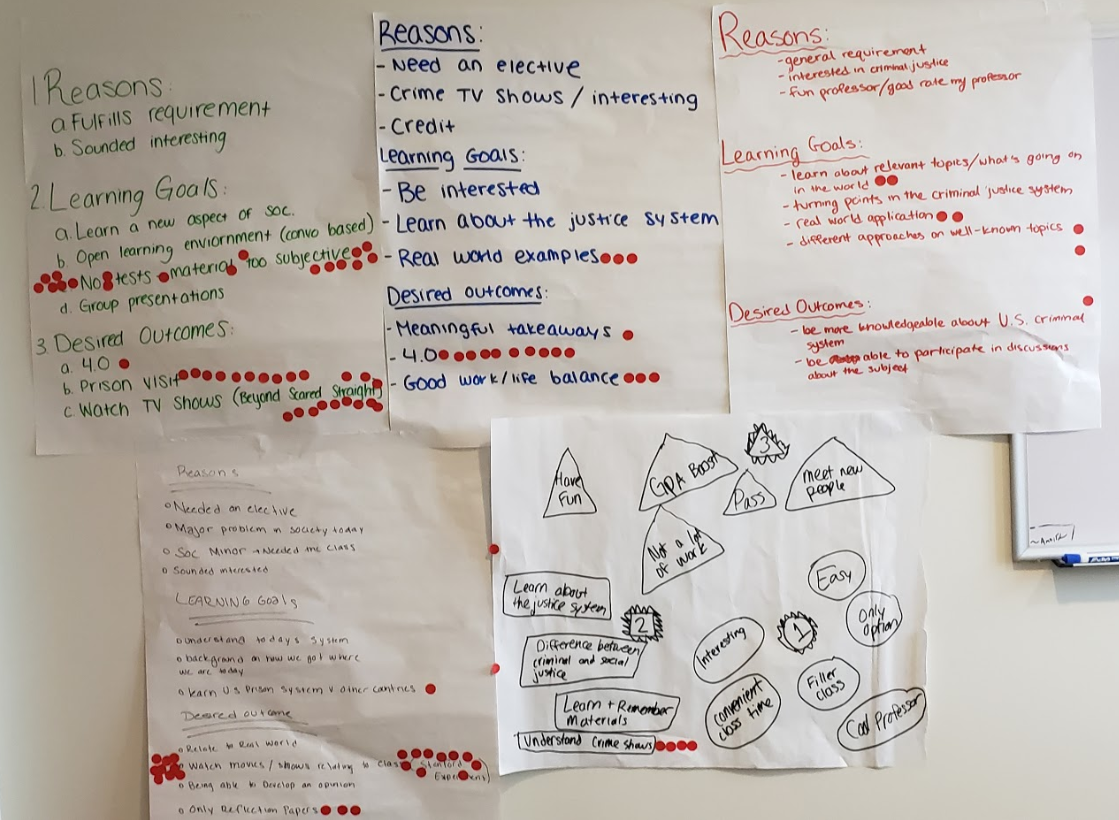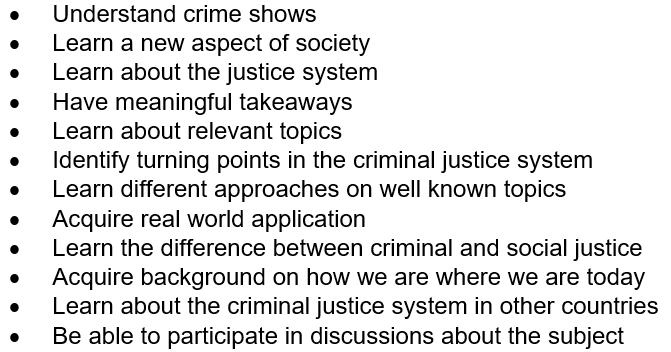Day 1 - The Pitch and Learning Outcomes
If you go to any museum or art gallery, there is a reason as to why the paintings are in frames. It is not that a Cézanne, or Renoir, or Monet, or Van Gogh (or for me Hopper) cannot stand on its own as a work of art. If you have a Monet, and you just hang it from a nail in the wall, it will rightly accent a room. At the same time, the frame around it adds something. The frame around a painting, well, frames it.
The type of frame that we put around something also influences our perception of how we see it. Anyone who has hung out with very successful, attractive, and nice people know what that feels like. If you want to feel more successful, start hanging out with people who are less successful. Trust me, it works. Not that I hang out with unsuccessful, but that people who are more successful than me like my company. But that is another blog post.
A Monet is a Monet, but the frame adds a little something extra.
My number one goal for day one was to provide a suitable framing around this little innovative endeavor. Being business students, I figured that I could use a business framing to create greater buy-in from them. There is a lot of work being done on tryint ot use design thinking in the areas of product development and innovation. It was not a streatch to then link this to what we were trying to do in the class. It was not just an exercise in student empowerment, but also giving them a first-hand experience at trends in business. We were being ‘customer-centric’, even though I warned that they were not customers, and I was not there to serve them. I was going to function as a benevolent dictator: while they would have the opportunity to help structure the course, I was still in charge.
This was a course in criminal and social justice. Thus, we would need to operate with that limitation in mind. Being a course, there was going to have to be some kind of structure that was ‘course-like.’ There were broader structural considerations: we had to meet at a certain time; there had to some element of evaluation of progress toward learning; information related to the course topic had to be transmitted. While we had a lot of flexibility, we didn’t have infinite flexibility.
LESSON: SET PARAMETERS FOR THEIR INFLUENCE AND PARTICIPATION. ESTABLISH SOME GENERAL FRAMEWORK IN WHICH TO OPERATE
Beyond that, my two other goals were to establish the following
What are your learning goals and outcomes?
What makes for a great class?
The method we used was the following, based on a technique used in Design Sprints:
Break the students up into groups of 5 or 6
Give the group large sheets of presentation paper to write on
Have them as a group come up with answers to those questions (10 minutes or so)
Put the sheets on the walls
Give the students adhesive dots for voting
Have the student walk around and vote on what answers most resonate with them.
Discuss as a group
Students can distribute their votes across multiple items, or put all of their votes on one item. It depends how strongly they feel about them. I told students they could have three votes each, but did not firmly stick to that. The point of the exercise is to allow students to have some feedback on what other students have offered.
From this exercise we came up with a shared set of obligations for the students and professor, establishing what we each needed to do in order to create a great class (or at least not a horrible one).
For this list, I first encouraged the students to think about what they would expect from the professor. We then used that list to create complimentary statements for students.
LESSON: IT CAN BE EASIER TO GET STUDENTS TO EXTERNALIZE CLASSROOM EXPECTATIONS FOR A PROFESSOR, AND THEN BE SELF-REFLECTIVE REGARDING THEIR OWN EXPECTATIONS.
One of the major findings of what are their learning goas and outcomes is that they didn’t fully understand what is meant by learning goals and outcomes. The voting and statements show that while a “4.0” is indeed an outcome, it is not exactly a learning outcome. People like the idea of a prison visit, but again this isn’t exactly an outcome. “No tests” is not quite a learning goal, although I appreciate the sentiment. “Understand crime shows”, however, would be a learning outcome, and now one I would have placed as a priority. But to them it was, and this gives some interesting material to work with.





